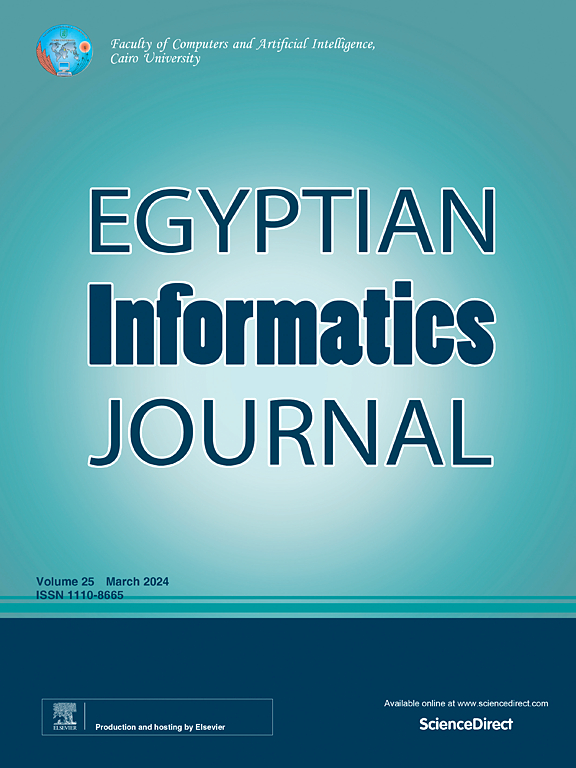基于双分支神经网络的所有权认证、辅助信息传递和篡改检测的鲁棒零水印
IF 4.3
3区 计算机科学
Q1 COMPUTER SCIENCE, ARTIFICIAL INTELLIGENCE
引用次数: 0
摘要
本文提出了一种基于双分支神经网络的鲁棒多任务零水印方案,用于所有权认证、辅助信息嵌入和篡改检测。该方法生成三个存储在三层结构中的零水印代码,其中每一层对应不同类型的水印:用于所有权认证的二进制标识,用于辅助数据的QR码,以及用于篡改检测的原始图像的半色调版本。通过一组神经网络权值,分别在二值标识和半色调标识之间建立逻辑链接,生成第一和第三个零水印码。将二维码与双分支神经网络提取的特征相连接,生成第二个零水印代码。这种方法在保证原始图像不失真的同时,又保护了原始图像。实验结果表明,该方法对几何失真、常见信号处理攻击和组合攻击具有较强的鲁棒性,误码率低于0.005,归一化相关值接近或等于1。此外,该方法在跨多个数据集的篡改检测任务中达到了98.7%或更高的平均准确率,证明了其通用性。本文章由计算机程序翻译,如有差异,请以英文原文为准。
Robust zero-watermarking based on dual branch neural network for ownership authentication, auxiliary information delivery and tamper detection
This paper presents a robust multitask zero-watermarking scheme for ownership authentication, auxiliary information embedding, and tamper detection using a dual-branch neural network. The proposed method generates three zero-watermarking codes stored in a three-layer structure, where each layer corresponds to a different type of watermark: a binary logo for ownership authentication, a QR code for auxiliary data, and a halftone version of the original image for tamper detection. The first and third zero-watermarking codes are generated by a logical linking between the binary logo and halftone version, respectively, with a set of neural network weights. The second zero-watermarking code is created by linking the QR code with features extracted from the dual-branch neural network. This approach ensures that the original image remains undistorted and protected at the same time. Experimental results demonstrate the robustness of the proposed method against geometric distortions, common signal processing attacks, and combined attacks, achieving bit error rates below 0.005 and normalized correlation values close to or equal to 1. Additionally, the method attained an average accuracy of 98.7 % or higher in tamper detection tasks across multiple datasets, demonstrating its versatility.
求助全文
通过发布文献求助,成功后即可免费获取论文全文。
去求助
来源期刊

Egyptian Informatics Journal
Decision Sciences-Management Science and Operations Research
CiteScore
11.10
自引率
1.90%
发文量
59
审稿时长
110 days
期刊介绍:
The Egyptian Informatics Journal is published by the Faculty of Computers and Artificial Intelligence, Cairo University. This Journal provides a forum for the state-of-the-art research and development in the fields of computing, including computer sciences, information technologies, information systems, operations research and decision support. Innovative and not-previously-published work in subjects covered by the Journal is encouraged to be submitted, whether from academic, research or commercial sources.
 求助内容:
求助内容: 应助结果提醒方式:
应助结果提醒方式:


